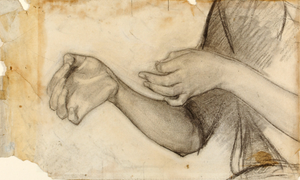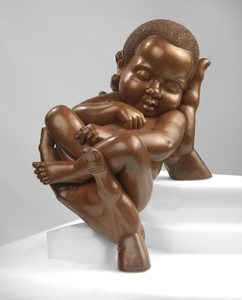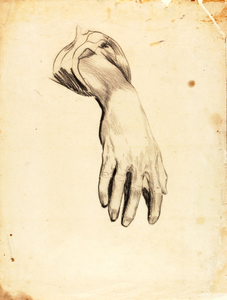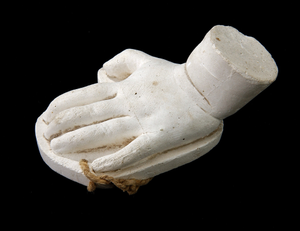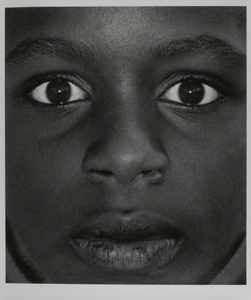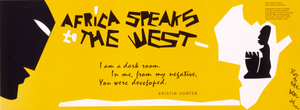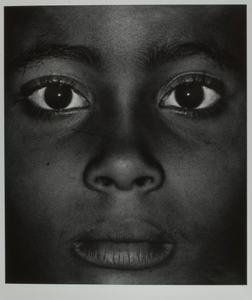Description
Hiram Powers (1805-73) was among the first American sculptors to establish an international reputation, rising to fame in the late 1840s with his Greek Slave, a life-size marble sculpture of a chained, nude woman. Few could have predicted Powers' incredible success from his humble beginnings on a farm in Ohio or his time in Washington, DC, where he made somber plaster portraits of four early presidents and other luminaries. Powers moved to Florence, Italy, with his wife and young children in 1837, lured there by its abundance of fine marble and highly skilled stone carvers. He quickly realized there was much to gain from making ideal compositions of nude figures drawn from literary, biblical, and historical themes. Powers set up a studio dividing labor among several assistants and, using the latest technologies such as the pointing machine, to create numerous replicas of his most popular designs in marble. Although he always intended to return to the United States, Powers remained abroad until his death and became an unofficial ambassador for American culture. He was a central figure in the expatriate colony in Florence, where he masterfully marketed his work to British nobles and American collectors touring Europe.There are many plaster fragments of anatomical details in the Hiram Powers collection that cannot be identified. These may have been models for the hands and feet of full-size sculptures, such as Left Hand Clutching Scroll, which was a study for the Thomas Jefferson statue that stands in the U.S. Capitol, and Left Hand...
Physical Object
Marble
Smithsonian American Art Museum, Museum purchase in memory of Ralph Cross Johnson




